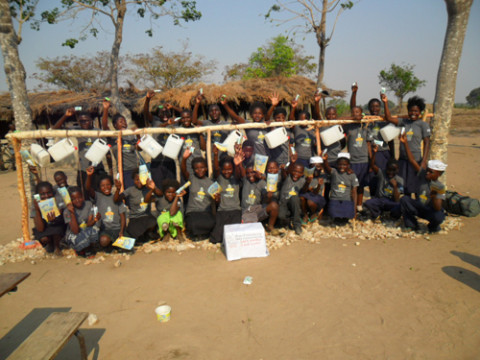About 45 percent of children who are below the age of 5 are stunted due to malnutrition in Zambia.
Zambia Civil Society – Scaling Up Nutrition (CSOSUN) Alliance has said children who are undernourished are at a greater risk of having difficulty in learning, playing or engaging in normal childhood activities.
CSOSUN Alliance National Coordinator William Chilufya pointed out that undernourished children are more vulnerable to disease due to weakened immune response.
He told ZANIS in an interview that a child’s nutritional future begins with the mother’s nutritional status during her adolescence and during pregnancy.
Mr Chilufya explained that the empowering of women especially expectant mothers is critical to the health of the unborn child and to the future generations.
Mr Chilufya further noted that every child has the right to adequate and appropriate nutrition as stipulated under Article 6 and 24 of the Convention on the Right’s of a Child.
Mr Chilufya said the Alliance consider malnutrition as a violation of children’s rights.
He added that empowering women plays a pivotal role of improving nutrition in many households and is cardinal to the growth and development of children.
Mr Chilufya said that the Alliance appreciates the role women play in ensuring that Children do not get malnourished.
He stated that empowering women will help them to expand their ability to make strategic life choices especially on the nutrition of their family.
“As CSOSUN, we feel there is need to empower women to make informed choices such as breastfeeding and nutritious foods during pregnancy and lactating. Considering the important role that women play in improving the nutrition status of children,” noted Mr. Chilufya.
Mr Chilufya said according to the 2013 Zambia Millennium Development Goals (MDGs) progress report, women’s low socioeconomic status and reproductive role expose them to risks of poor health and premature death.
He stressed that the high maternal mortality rate in the country is rooted in gender inequality.
Meanwhile, Mr Chilufya has observed that most girls have no access to sexual reproductive health information and services hence the high cases of adolescent pregnancies.

 JOIN DRIVERN TAXI AS PARTNER DRIVER TODAY!
JOIN DRIVERN TAXI AS PARTNER DRIVER TODAY!











